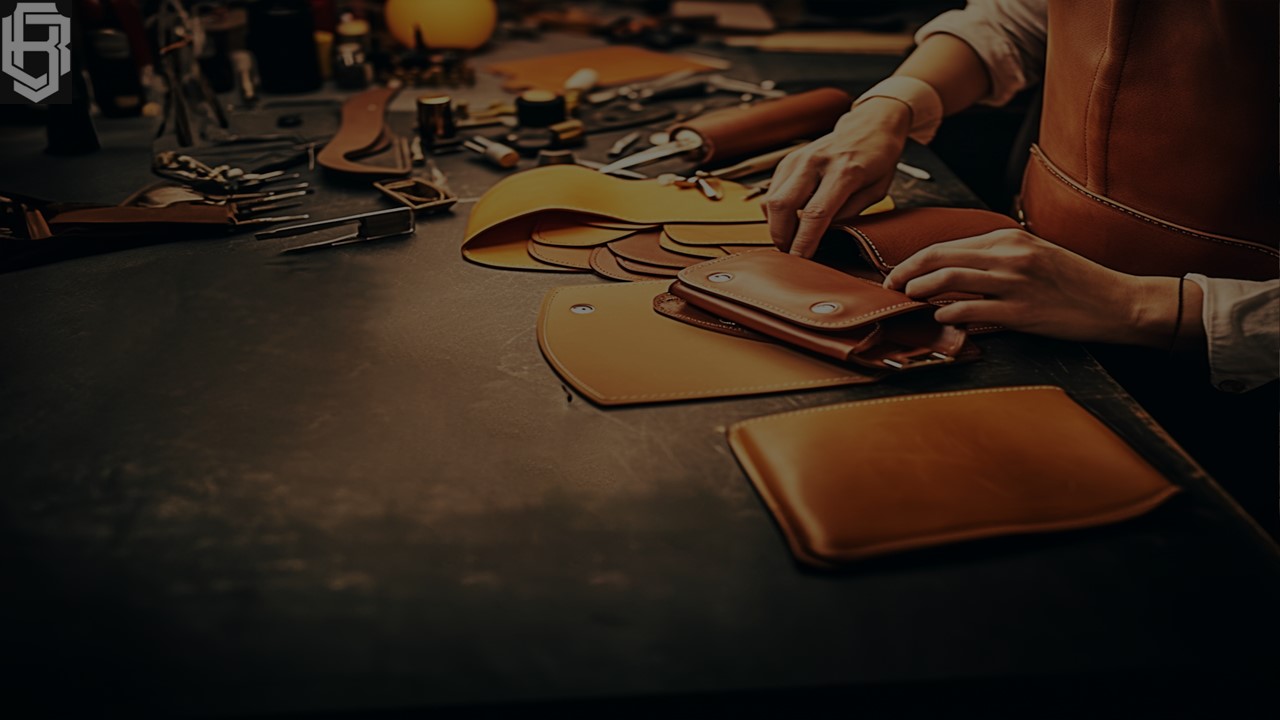In the ever-evolving landscape of the global economy, few industries epitomize tradition, craftsmanship, and luxury quite like the leather industry. For centuries, leather has been synonymous with quality, durability, and timeless elegance, captivating consumers with its allure. However, as we stand at the precipice of a new era characterized by environmental consciousness, technological innovation, and shifting consumer preferences, the leather industry finds itself at a crucial juncture. In this blog, we delve deep into the intricate tapestry of the leather industry, exploring the winds of change that are shaping its trajectory towards sustainability, innovation, and consumer-centricity.
Embracing Sustainability:
The quest for sustainability has emerged as a defining feature of the contemporary leather industry. With environmental concerns looming large and consumer demand for ethically-sourced products on the rise, leather producers are under mounting pressure to adopt more sustainable practices across the entire value chain.
At the heart of this sustainability revolution lies the tanning process, historically one of the most environmentally damaging aspects of leather production. Conventional tanning methods involve the use of toxic chemicals, heavy metals, and large quantities of water, leading to pollution of waterways and soil degradation. However, in recent years, there has been a concerted effort to embrace more eco-friendly alternatives such as vegetable tanning, which utilizes natural extracts derived from tree barks and leaves. Not only does vegetable tanning minimize environmental impact, but it also results in leather that is more supple, breathable, and biodegradable.
Furthermore, the concept of circularity is gaining traction within the leather industry, with a growing emphasis on waste reduction and resource optimization. Companies are exploring innovative ways to repurpose leather scraps and offcuts, transforming them into new products such as accessories, upholstery, and even sustainable packaging materials. By embracing circular design principles, the leather industry is not only minimizing its environmental footprint but also unlocking new opportunities for creativity and innovation.
Innovations Redefining Leather Production:
Innovation lies at the heart of the leather industry’s quest for sustainability and competitiveness in the global marketplace. From advancements in materials science to breakthroughs in manufacturing technologies, the industry is witnessing a wave of innovation that promises to reshape the way leather is produced, processed, and consumed.
One of the most promising developments in recent years has been the emergence of alternative materials that offer sustainable alternatives to traditional leather. Lab-grown leather, also known as cultured or biofabricated leather, is produced by culturing animal cells in a laboratory setting, eliminating the need for animal slaughter. This innovative approach not only addresses ethical concerns related to animal welfare but also reduces the environmental impact associated with traditional leather production. Similarly, plant-based alternatives such as pineapple leather (Piñatex) and mushroom leather (Mylo) are gaining popularity as eco-friendly substitutes that offer comparable aesthetics and performance.
Moreover, advancements in digitalization and automation are revolutionizing the way leather is manufactured, leading to greater efficiency, consistency, and quality control. Cutting-edge technologies such as computer-aided design (CAD), laser cutting, and robotic stitching are streamlining production processes, reducing waste, and enabling greater customization and personalization. By embracing these technologies, leather manufacturers are enhancing their competitive edge while meeting the evolving needs and expectations of consumers.
Consumer-Centric Strategies:
In an era characterized by unprecedented connectivity and consumer empowerment, brands must adopt a customer-centric approach to remain relevant and competitive in the leather industry. Today’s consumers are not merely passive recipients of marketing messages; they are active participants in shaping brand narratives, driving product innovation, and influencing industry trends.
Personalization has emerged as a key strategy for brands seeking to forge deeper connections with consumers and differentiate themselves in a crowded marketplace. From bespoke leather goods tailored to individual preferences to customizable embossing and monogramming options, brands are empowering consumers to express their unique identity and style. This emphasis on personalization not only enhances the perceived value of leather products but also fosters brand loyalty and advocacy.
Furthermore, transparency and authenticity are paramount in building trust and credibility with today’s discerning consumers. Brands are increasingly opening up about their supply chain practices, providing visibility into sourcing, production, and labor conditions. By embracing transparency, brands can demonstrate their commitment to ethical and sustainable practices, thereby resonating with consumers who prioritize social and environmental responsibility.
Conclusion:
As we navigate the winds of change sweeping through the leather industry, one thing remains abundantly clear: the path forward is paved with innovation, sustainability, and consumer-centricity. By embracing these core principles, leather producers and brands can not only thrive in a rapidly evolving marketplace but also contribute to a more sustainable and equitable future for the industry as a whole. As we embark on this journey of transformation, let us harness the power of collaboration, creativity, and compassion to shape a brighter tomorrow for the leather industry and the planet we call home.


Hey Students!
Summer semester’s almost here! Get a head start and grab all your eTextbooks (over 15,000 titles in convenient PDF format!) at Cheapest Book Store. Save BIG on your studies with 20% off using code SUMMERVIBE24.
Still missing a book? No problem! Submit a request through our system and we’ll add it to our collection within 30 minutes. That’s right, you won’t be left scrambling for materials! ⏱️
Don’t wait – visit https://m.cheapestbookstore.com today and ace your summer semester!
Happy Learning!
Cheapest Book Store